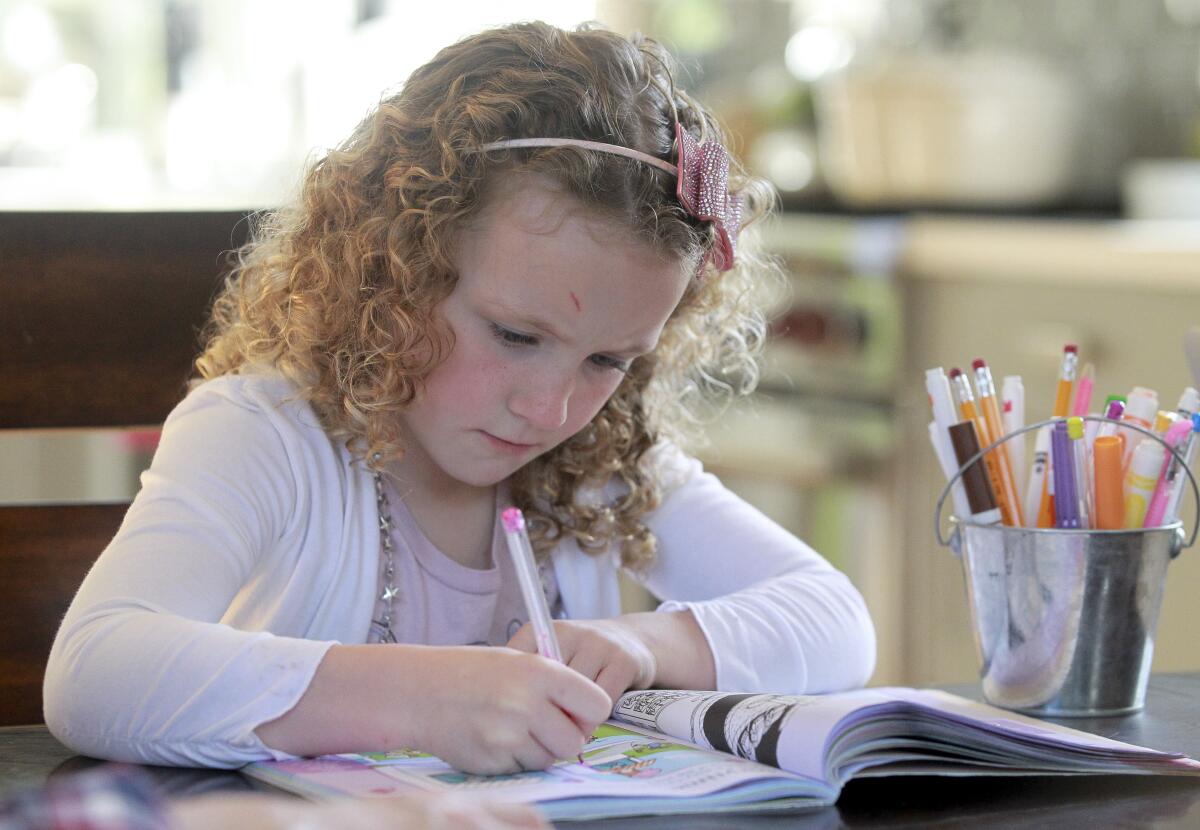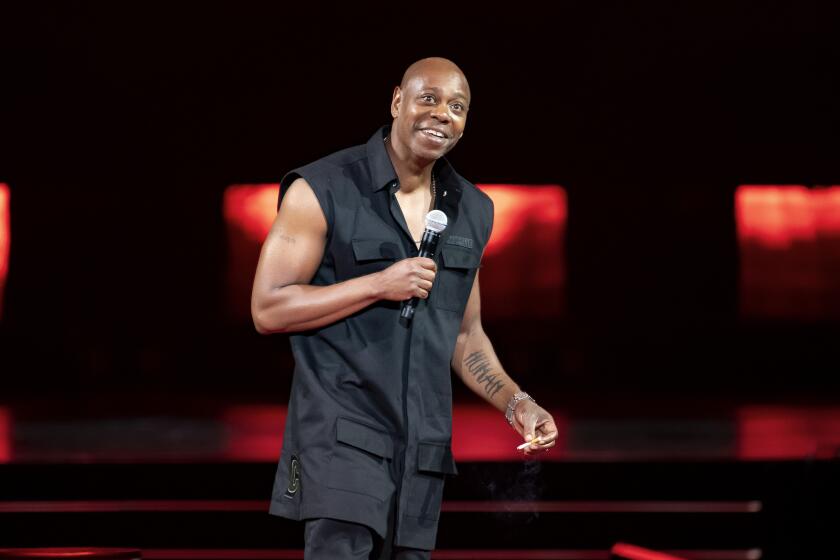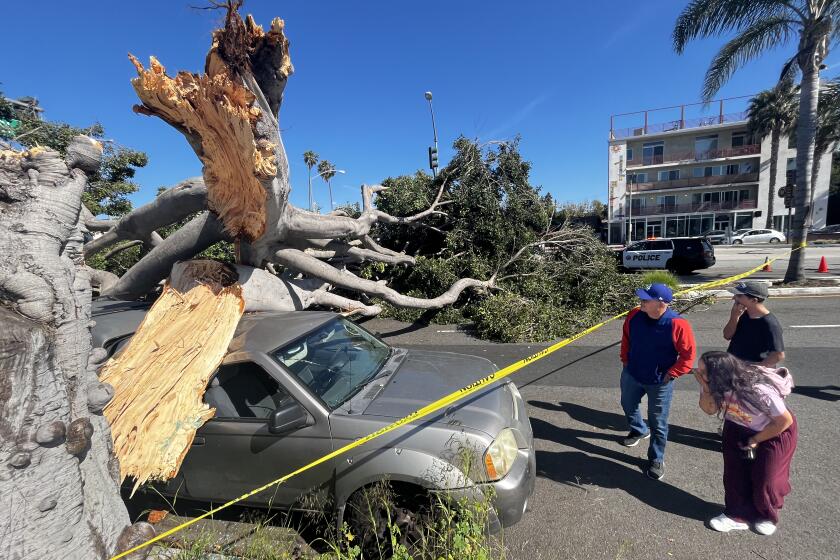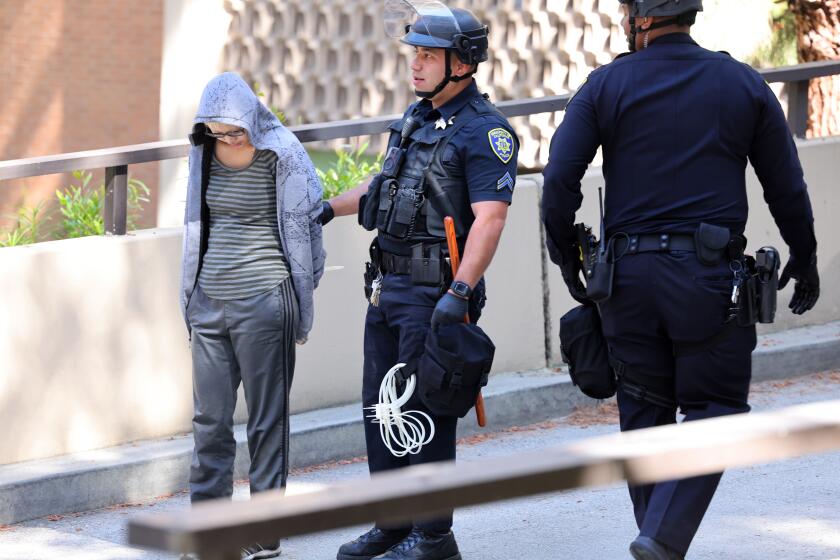Credit the pandemic with raising awareness of the importance of early childhood education

This is the May 3, 2021, edition of the 8 to 3 newsletter about school, kids and parenting. Like what you’re reading? Sign up to get it in your inbox every Monday.
Remember Super Tuesday?
Probably not. There was a lot going on in early March of last year. If you do remember, it’s likely because you waited a long time to vote in L.A., or because you cast your ballot for Sen. Elizabeth Warren, who announced she was suspending her campaign after disappointing returns that night.
I voted by mail for a different candidate, but one of my sisters was a big Warren fan, and for her and many working women, Warren’s campaign promise of universal child care was almost mystic in its appeal. Former Vice President Joe Biden had also proposed to work with states to expand preschool access for 3- and 4-year-olds, but it wasn’t a key part of his platform. Still, even if a federal child-care program never materialized, casting child care as a public good, rather than a private responsibility, felt radical and new.
Then schools closed.
When I started covering day care in March, it was as if we’d all woken up from a collective delusion in which child care was a private family affair and not a public infrastructure crisis for two-thirds of kids younger than 5. Although millions of us had been wrestling with it, day care was suddenly and irrevocably a national concern in America.
What followed was a political sea change. California’s home-based providers started bargaining collectively to expand state subsidies for poor children. Public school teachers won unprecedented child-care support from their districts, including Los Angeles Unified, which extended a $500 per-child-per-month credit to educators with young kids. California got more than $1.3 billion in pandemic child-care funding from the federal government, about $50 million of which went to subsidized care for essential workers. And state Assembly Member Wendy Carrillo (D-Los Angeles) introduced a bill that would require the state’s largest employers to provide parents up to 60 hours of paid backup child-care benefits.
“We’ve seen throughout the pandemic that working moms have been hit the hardest, especially working women of color,” Carrillo told me on a recent call. “Families make too much to qualify for [public] programs for pre-K and under, but it’s not enough to actually be able to pay for incredibly expensive child care.”
Then, on April 28, the president of the United States, a man who just one year ago showed limited public interest in early care and education, promised universal preschool for all 3- and 4-year-olds and expanded child care subsidies for younger kids in poverty as part of the American Families Plan.
In 14 months, we’ve watched a radical campaign promise from the leftmost flank of our political spectrum become a mainstream policy proposal framed as the centerpiece of the country’s pandemic recovery program. Even if it never happens — which it still probably won’t — the very idea that it could has important implications for the future.
I remember covering New York City’s universal pre-K program when it first emerged, and before that, as an ambitious campaign promise. Throughout the pilot and the subsequent expansion, there were constant questions about how the city would pay for it, who really deserved public preschool, and how previously half-day programs could be converted into full-day classes. At every step of the way, pre-K met skepticism and seemingly insurmountable barriers.
But then everybody got it. And then it seemed inconceivable that we’d never had it before.
If we’d stayed in our apartment in Brooklyn, my son Ram’s schooling would have been publicly funded from September 2019. In Los Angeles, an equally progressive and diverse city, he won’t qualify for public education until August 2021. For our family, the cost difference is equivalent to roughly two years of rent.
But economists and demographers say the true cost is much higher. As I’ve been reporting for an upcoming feature, California is facing a projected 10% drop in the birth rate in 2021. That’s about 50,000 fewer babies being born here. If other factors like migration hold steady, the Golden State could go from anemic growth to net population loss this year.
The pandemic is significantly to blame. But experts told me crowded, high-cost housing and scarce, unaffordable child care have been depressing fertility in L.A. for years. Already in pre-pandemic times, just 1 in 4 children who needed it could get a spot in day care. Among those who received subsidies, the number was 1 in 9.
“When you have that first kid, you question if you can afford to have a second,” WeeCare CEO Jessica Chang told me when we talked about child care and family planning earlier this spring. “In 70% of states, early child care is more expensive than college.”
But that’s been true at least as long as I’ve been a mother. Finding quality, affordable early care and education with reasonable hours has been a struggle for working women essentially forever, and aside from the Lanham Act during World War II, the federal government has never funded child care as such. Preschool yes, but the vast majority of public preschool programs outside New York City are half-day, and while half-day programs do enrich children, they do little to lift working parents.
So why now?
The most obvious answer is, we’ve seen the counterfactual. Millions of women lost their jobs last year, and almost a million more left the labor force for unpaid care work when schools did not resume in person last fall. Hundreds of thousands of women have continued to leave through the first months of 2021. That’s not so much a trend as a catastrophe, one that erased more than 30 years of progress in a matter of months.
But women also make up more of our critical infrastructure — our front-line, essential workers — than ever before. And if the government had not stepped in to ensure that those women could keep working, our cities would have collapsed.
Consider: Eighty percent of healthcare workers are women, including almost 75% of intensive care nurses, 70% of respiratory therapists and 70% of physician assistants. As I reported back in March 2020, close to 30% of healthcare workers in California have children younger than 14, and most are the primary caregiver in their families.
Without day care, which remained open throughout the pandemic, our hospitals would have imploded. Tens of thousands more people would have died. And that doesn’t begin to account for all the other essential jobs that parents performed throughout this crisis — including paid child care — or the billions of dollars that cities and states spent to subsidize and in some cases create care for those who had no choice but to go out to work. In most cases, those subsidies were extended to parents regardless of income, just as the public school has been to parents of 3- and 4-year-olds in New York.
The difference is now we’ve seen what happens — both when access to care is expanded and when it disappears.
Parents are worried about learning loss … but it’s complicated
With the school year in its home stretch, a vast majority of public school parents say they are worried that their children have fallen behind academically, but they approve of their own school district’s response to the pandemic, a poll by the Public Policy Institute of California has found.
“Having lived with the pandemic for a year, the public is very aware of what a complex issue this is — weighing public safety and health issues alongside education,” PPIC President Mark Baldassare told The Times. “I guess it’s not surprising that there’d be results that seem like they’d be conflicting because probably on a day-to-day basis people are themselves conflicted.”
This poll also found that 6 in 10 Californians are concerned that schools in the fall will not be open for full-time, in-person instruction. However, Gov. Gavin Newsom says you can take this off your worry list. He expects the state’s 11,000 campuses to fully reopen by the fall with increased services to students — all steps aimed at making up for a year of distance learning.
Enjoying this newsletter?
Consider forwarding it to a friend, and support our journalism by becoming a subscriber.
Did you get this newsletter forwarded to you? Sign up here to get it in your inbox every week.
Summer school taking on hefty role
Against this backdrop, school districts throughout the country are aiming to enroll more students than usual in summer school, the Wall Street Journal reported. In a twist, schools want to make summer school look more like summer camps to engage students and are drawing on billions of dollars in federal aid.
In Boston, school chief Brenda Cassellius described the summer of 2021 as “probably the most important summer during my entire career that I feel students need to be engaged,” the Boston Globe reported.
Los Angeles Unified, the nation’s second-largest school district, is planning to offer summer school in what is likely to be a hybrid format that combines time on campus with remote learning from home. Educators are hoping to have a full schoolhouse this summer, but the summer session will almost certainly be optional.
Looking ahead to the fall, the goal is to have full-time, five-day-a-week on-campus schooling. An extended school year remains under discussion — after a cool reception from many parents and teachers. Whether any of that happens is the subject of a Tuesday school board meeting.
And finally, congrats to parents of high school seniors …
You made it through the May 1 college admissions decision day after a tumultuous pandemic application season. My colleague Teresa Watanabe, who covers the UC system, has chronicled the elimination of SAT tests and the record-breaking competition and today explains what it means to be on the massive UC waitlist.
Just how does a student with a 4.6 GPA, 11 college-level courses, student leadership positions and community service building robotic hands for people with disabilities wind up waitlisted at three UC campuses? Clearly there’s more to worry about after preschool.
I want to hear from you.
Have feedback? Ideas? Questions? Story tips? Email me. And keep in touch on Twitter.
Start your day right
Sign up for Essential California for news, features and recommendations from the L.A. Times and beyond in your inbox six days a week.
You may occasionally receive promotional content from the Los Angeles Times.



